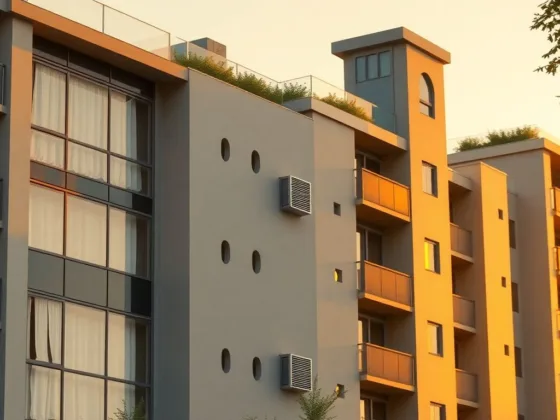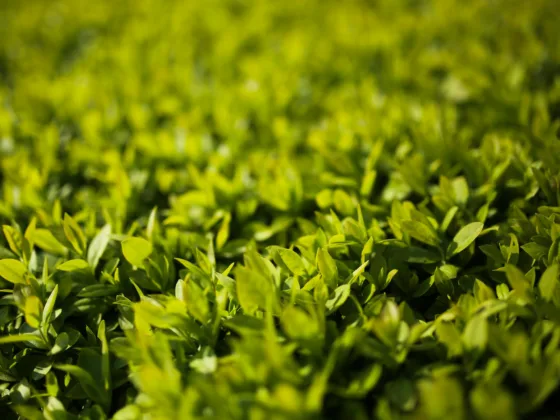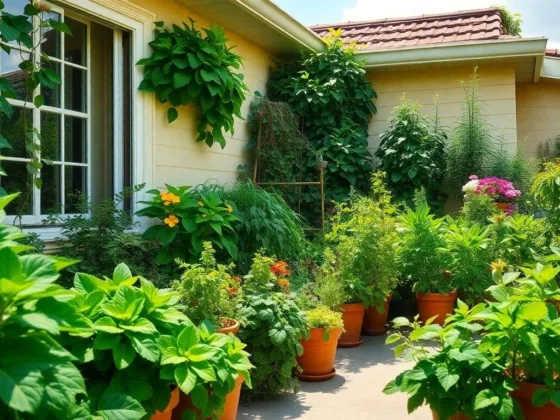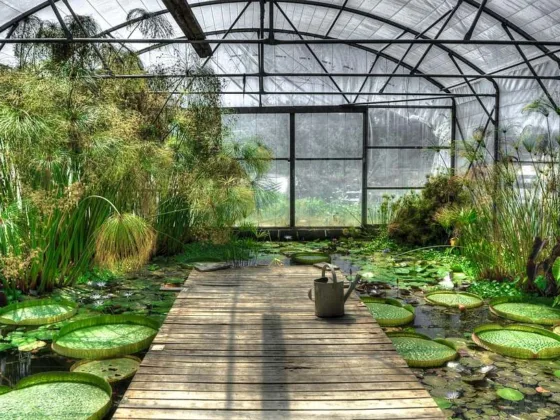Table of Contents Show
The Pink Princess Philodendron is more than just a pretty plant—it’s a showstopper. With its striking pink and green leaves, this tropical beauty has become a favorite among plant lovers. But if you want those vibrant colors to pop, lighting is everything. Whether you’re working with natural sunlight or need a little help from grow lights, understanding the right setup can make all the difference. Let’s break it down so your Pink Princess can truly shine.
Key Takeaways
- Bright, indirect light is ideal for keeping the Pink Princess Philodendron’s colors vibrant.
- Avoid harsh direct sunlight to prevent leaf burn and fading.
- A lack of light can cause the plant to lose its pink variegation, turning greener.
- Full-spectrum LED grow lights are a great option if natural light is limited.
- Adjust lighting setups seasonally to match the plant’s changing needs.
Introduction to Pink Princess Philodendron
The Pink Princess Philodendron, often referred to as the PPP, is a showstopper in the world of houseplants. With its unique blend of deep green and bubblegum pink variegation, it’s no wonder this plant has skyrocketed in popularity. This isn’t just a plant—it’s a statement piece for any home.
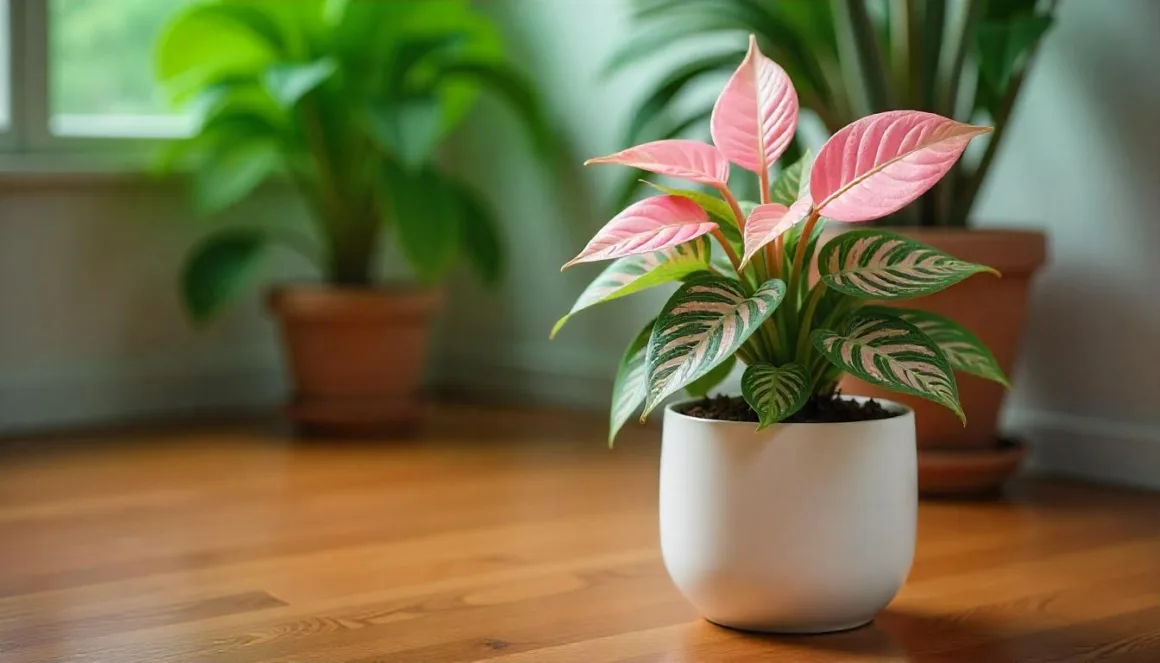
Key Features of the Pink Princess Philodendron:
- Scientific Name: Philodendron ‘Pink Princess’
- Growth Habit: Upright climbing plant that thrives with support like a moss pole.
- Size: Can reach a height and width of 2-4 feet under optimal conditions.
The Pink Princess isn’t naturally occurring—it’s a hybrid variety believed to originate from Philodendron erubescens, a tropical plant native to South America.
Why It’s So Special:
- Variegation Surprise: Each new leaf is a mystery, with pink splashes appearing in different patterns every time.
- Rare and Coveted: This plant has become a must-have for collectors due to its striking appearance and relative rarity.
- Adaptability: While it prefers bright, indirect light, it can adapt to various environments with proper care.
For anyone looking to elevate their indoor jungle, the Pink Princess is a fantastic choice. It’s not just about aesthetics—getting the lighting and other aspects of pink princess philodendron care right will help this beauty thrive for years to come.
Why Lighting is Crucial for Pink Princess Philodendron
Understanding the Role of Light in Plant Growth
Light is the lifeline for any plant, and the Pink Princess Philodendron is no exception. Through photosynthesis, light allows the plant to convert energy into growth. But it’s not just about any light—it’s about the quality and intensity. This plant thrives in bright, indirect sunlight, which mimics the dappled light of tropical rainforests. Too much shade? Growth slows, and leaves may lose their vibrancy. Too much direct sunlight? You risk crispy, burnt edges.
Here’s a quick breakdown of how different light levels impact growth:
| Light Level | Effect on Growth |
|---|---|
| Bright, indirect | Healthy growth, vibrant foliage |
| Low light | Slower growth, less vibrant colors |
| Direct sunlight | Scorched leaves, potential damage |
How Light Affects the Pink Variegation
The Pink Princess isn’t just any philodendron—it’s prized for its striking pink and green leaves. And here’s the kicker: the pink variegation depends on light exposure. Bright, indirect light encourages the pink patches to flourish, while dim conditions can cause the pink to fade, leaving the plant looking more green. This happens because the plant produces more chlorophyll (the green pigment) in low light to compensate for the lack of energy.
If you’re noticing less pink:
- Check if the plant is too far from a light source.
- Consider rotating the plant weekly to ensure even exposure.
- Supplement with a grow light if natural light is scarce.
The balance of pink and green isn’t just about aesthetics—it’s a sign of a healthy, well-lit plant. Keep your Pink Princess in the right light, and it will reward you with those gorgeous, Instagram-worthy leaves.
For more on creating the perfect environment, consider how the Pink Princess thrives indoors.
Ideal Lighting Conditions for Pink Princess Philodendron
Natural Light Requirements
The Pink Princess Philodendron thrives in bright, indirect sunlight. This type of light helps maintain its stunning pink variegation while preventing damage to its leaves. Here are some tips to find the perfect natural light spot:
- Place the plant near east-facing or north-facing windows where the light is softer.
- Use sheer curtains to diffuse harsh sunlight and create a gentle, filtered light environment.
- Rotate the plant occasionally to ensure even growth and balanced variegation.
Consistency is key when it comes to lighting. Sudden changes in light exposure can stress the plant and affect its growth.
Artificial Lighting Options
If natural light is limited in your home, artificial lighting can be a lifesaver. Full-spectrum LED grow lights are a fantastic option for providing the right light intensity and spectrum. Here’s how to use them effectively:
- Position the grow light about 12-18 inches away from the plant to mimic indirect sunlight.
- Keep the light on for 10-12 hours daily to replicate a natural day-night cycle.
- Look for grow lights with adjustable settings to fine-tune brightness and spectrum as needed.
| Light Source | Recommended Use | Notes |
|---|---|---|
| Natural Indirect Sun | Best for maintaining variegation | Use curtains to diffuse harsh sunlight |
| LED Grow Lights | Ideal for low-light conditions | Ensure proper distance from the plant |
With the right lighting setup—whether natural, artificial, or a mix of both—your Pink Princess Philodendron will reward you with vibrant pink leaves and healthy growth.
Common Lighting Mistakes to Avoid
Too Much Direct Sunlight
Placing your Pink Princess Philodendron in direct sunlight might seem like a good idea, but it can actually harm the plant. The intense rays can scorch the delicate leaves, leaving them with brown, crispy edges. If your only option is a south-facing window, consider using sheer curtains to diffuse the light. This way, you get the brightness without the burn.
Insufficient Light Levels
On the flip side, not giving your plant enough light can lead to dull, green leaves with little to no pink variegation. Bright, indirect light is key for maintaining its signature pink hues. If natural light is limited, especially in north-facing rooms, a grow lamp can be a lifesaver. Look for one that mimics natural sunlight and position it about 12-24 inches above the plant for optimal results.
A balance of light is everything. Too much or too little, and your Pink Princess will let you know—either with sad, scorched leaves or by losing its vibrant pink tones.
Seasonal Lighting Adjustments
Summer vs. Winter Lighting Needs
Your Pink Princess Philodendron’s lighting needs will shift as the seasons change. During summer, when daylight hours are longer and the sun is more intense, you’ll want to make sure your plant isn’t exposed to too much direct sunlight. Excessive exposure can scorch its delicate leaves. Consider placing it near a window with sheer curtains or using a light diffuser to soften the rays.
In winter, the challenge flips. With shorter days and weaker sunlight, your plant might not get enough light to maintain its vibrant pink variegation. To counter this, you can:
- Move the plant closer to a south-facing window (if you’re in the Northern Hemisphere).
- Use grow lights like the Aspect™ LED Growlight to supplement natural light.
- Rotate the plant weekly to ensure even light exposure.
| Season | Light Source | Placement Tips |
|---|---|---|
| Summer | Natural (filtered sunlight) | Near east or west-facing window |
| Winter | Grow lights + natural | Closer to a south-facing window |
Keeping a consistent light schedule year-round can help your Pink Princess thrive, even when the seasons are working against you.
Conclusion: Achieving Perfect Lighting for Your Pink Princess Philodendron
Getting the lighting right for your Pink Princess Philodendron isn’t just about aesthetics—it’s about keeping your plant happy and thriving. Bright, indirect light is the sweet spot, helping those gorgeous pink and green leaves pop while supporting healthy growth. Whether you rely on natural light or supplement with grow lights, consistency is key.
Here’s a quick recap to keep in mind:
- Place your plant near a window with filtered light, such as east or west-facing windows.
- Avoid harsh direct sunlight to prevent leaf burn and fading of the pink variegation.
- If natural light is limited, consider full-spectrum LED grow lights as a reliable alternative.
Remember: Lighting needs can change with the seasons. Adjust placement or use artificial lighting during darker months to maintain your plant’s vibrancy year-round.
By following these simple steps and observing your plant’s response, you’ll ensure your Pink Princess flourishes in all its colorful glory.
Wrapping It Up
Finding the right light for your Pink Princess Philodendron might take a little trial and error, but it’s totally worth it. Bright, indirect sunlight is the sweet spot, and if natural light isn’t cutting it, a good grow light can work wonders.
Just keep an eye on your plant—its leaves will tell you if it’s happy or not. With a bit of attention and some tweaks along the way, your Pink Princess will reward you with those stunning pink and green leaves that make it such a showstopper. Happy growing!
Frequently Asked Questions
Bright, indirect sunlight is ideal. It helps maintain the plant’s pink and green variegation without scorching the leaves.
Yes, full-spectrum LED grow lights are a great option, especially if natural light in your home is limited.
Too much direct sunlight can burn the leaves, causing them to turn crispy or develop brown patches.
If the plant becomes leggy or its pink variegation fades, it’s likely not receiving enough light.
Yes, provide extra light during winter when days are shorter, and protect it from intense sunlight during summer.
Rotate it every few weeks to ensure even light exposure and balanced growth.

